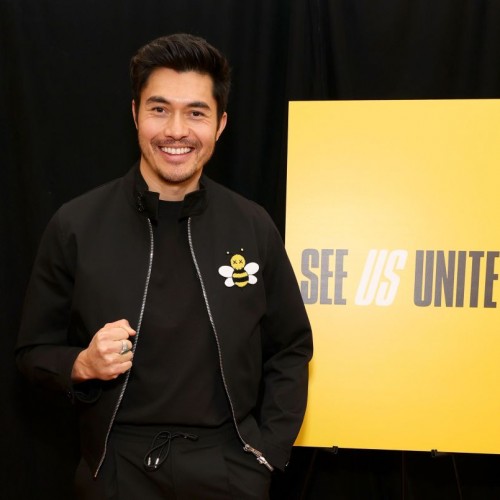6 Rock Solid Reasons Why 'Snake Eyes' and 'Mortal Kombat' Are A Cut Above the Typical Silly Action Movie
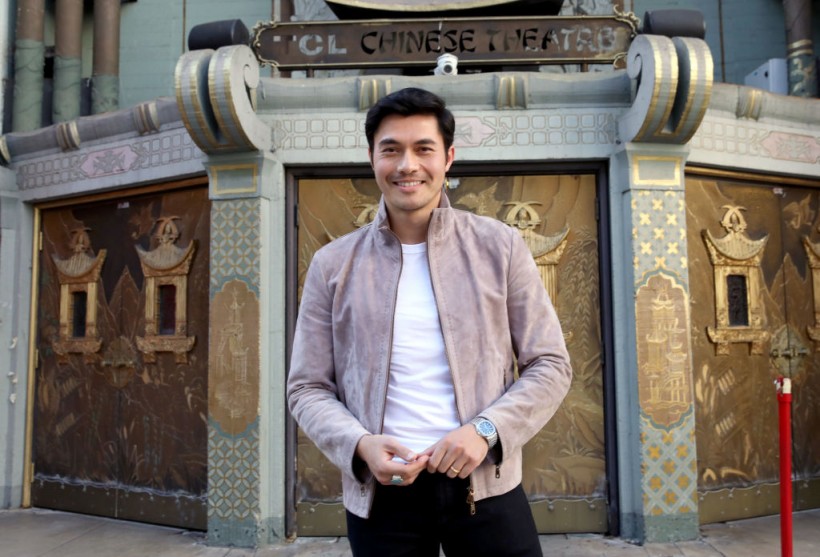
When I went to see "Snake Eyes" in theaters, it was to take myself out on a date and enjoy the sight of the handsome and charismatic Henry Golding kicking butt as the titular Snake Eyes. And, when I went to see the 2021 "Mortal Kombat" movie, I went to see similarly hunky Asian action stars kick butt and get their time to shine. On first glance, these films had the sheen of "silly action movies", but I was feeling more connected and appreciative of them than I expected as I watched.
While my impulses could be dismissed as an action movie fangirl's motivations, I realized that both of these films reside in the uneasy territory in which they haven't reached the cinematic action masterpiece level of the "John Wick" films, but are also a cut above throwaway low-brow fare like the "Transformers" series. There was heart in "Snake Eyes" and "Mortal Kombat." They were trying to say something.
This got me thinking: What about "Snake Eyes" and "Mortal Kombat" made them not your typical popcorn action movies that convinced me to drag myself to the theater in the middle of a pandemic just to see them?
Here's what I came up with.
A Cut Above the "Silly Action Movie:" The Case of "Snake Eyes" and "Mortal Kombat"
As a female fan of action movies, it's rare that we are asked why we enjoy certain films in this genre. So, taking "Snake Eyes" and "Mortal Kombat" as case studies, here are the markers you can use the next time you want to differentiate if a supposedly "silly action movie" is actually a cut above most throwaway action flicks.
1. They take themselves the right amount seriously
Despite having high concepts, prerequisite tragic character backstories, and dire stakes, both "Snake Eyes" and "Mortal Kombat" never take themselves too seriously. The characters' quips and the film's fan service references keep the tone lighter, and allows the movies to poke fun at themselves. One watch through of each film's Honest Trailers are enough to convince you that they're not too self-serious.
And while, this dual tone was the cause of some criticism, with some feeling betrayed after the more campy tone shift after "Mortal Kombat"'s riveting, samurai movie-esque first seven minutes, keeping things light is essential for keeping the audience onboard with the more fantastical, mystical elements that both movies introduce.
Think about it. Despite both being action films, "Mortal Kombat" is a martial arts fantasy film based on a video game franchise and "Snake Eyes" is essentially a superhero origin story based on a comic book series. Because of the influence of these genres, both movies are not 100% grounded in reality, which requires audiences to suspend quite a bit of disbelief to enjoy them. We wouldn't buy what these movies were selling if the films were played completely seriously.
2. They have surprisingly impressive talent in front of and behind the camera
One huge reason that moved me to watch "Snake Eyes" and "Mortal Kombat" in theaters was all-star casts attached to these films. If you've been paying attention to action movies in recent years, then you would know that the cast alone is stacked with action stars and stuntmen.
In these two movies alone, you get Andrew Koji of "Warrior" fame ("Snake Eyes"), who took on a role that Bruce Lee had envisioned for himself, Iko Uwais ("Snake Eyes") and Joe Taslim ("Mortal Kombat" and also "Warrior") from critically-acclaimed Indonesian action movie "The Raid," Hiroyuki Sanada and Tadanobu Asano (both "Mortal Kombat"), legendary actors who are Hollywood's go-to samurai actors, and Lewis Tan, Ludi Lin, and Max Huang (all "Mortal Kombat"), all longtime martial artists or stuntmen. Even Henry Golding, a relative newcomer to action, does remarkably well and looks in his element in his action scenes.
Both films also boast remarkable talent behind the camera. "Snake Eyes" has renown stunt coordinator Kenji Tanigaki, who is a Hong Kong Stuntmen Association member and whose work has shaped the fights you seen in many Asian action films. Meanwhile, "Mortal Kombat" has stunt coordinator Kyle Gardiner and fight choreographer Chan Griffin, a duo who has worked on "Aquaman," "Thor: Ragnarok," "Shazam!," and "The Wolverine." And, despite being a big-budget studio film, "Mortal Kombat" is Simon McQuoid's first feature directorial effort, which is hard to believe. These key players all elevate the quality of the film above the typical brainless action fare.
3. They weren't afraid to take things in a different direction
One of the greatest gripes I have against remakes and adaptations is when they have nothing new or innovative to say - I'm looking at you live action Disney! Thankfully, both "Snake Eyes" and "Mortal Kombat" were brave enough to take things in a different direction than their source material.
Created by Larry Hama and widely considered the most popular G.I. Joe team member, Snake Eyes is a mysterious character, who is usually depicted in the comics as a blonde-haired, blue-eyed white man when not in his signature black bodysuit. He's also a notoriously silent character. Henry Golding's casting and take on the character show a clear deviation from that source material. Not only does he have plenty of speaking lines and seems like a warmer character, but the fact that Golding is mixed race adds some diversity to the Joe's, a franchise that previously only had Storm Shadow as a notable Asian character, who also happened to start out as the antagonist.
Similarly, "Mortal Kombat" also takes a risk by eschewing the games' iconic characters by having an original character as the lead. Lewis Tan's Cole Young does not appear in the video game series. Because Young is equally dazed and confused when he learns about the titular fight tournament, he was an effective audience surrogate to introduce the world of Mortal Kombat to newcomers to the franchise. While some criticized Tan's character as being boring, having an original character take the lead helps prevent the writers from being limited by a character's pre-established lore and backstory. Writers will have more freedom to take audiences around in the Mortal Kombat universe with Young as the focal character, as is suggested in the film's final scene, where it's implied that Young is off to Los Angeles to meet up with action movie star and game primary protagonist, Johnny Cage.
While some book or game-loyal fans may take issue when adaptations stray too far from the source material, I would argue that translating a property into a different medium sometimes requires changing things up to tell a more effective story. Ask anyone who does language translation for a living, and they will tell you that the best translators keep the spirit of the original voice, even if that means deviating from a word-for-word translation. IP adaptations follow a similar logic, and changes the "Snake Eyes" and "Mortal Kombat" filmmakers chose show that they put some serious thought into how best to tell the stories they decided to tell.
4. Eye candy
When producers consider the appeal of action movies to women, they often neglect to consider an essential factor that makes us fans: hot, fit men, who are good at fighting. This oversight happens again and again with female fans of the MCU and other action franchises that are often geared towards male fanboys.
Whether the filmmakers behind "Snake Eyes" and "Mortal Kombat" knew it would be important or not, the two movies' casts are stacked with attractive, charismatic leading men. Even better, since the casts of both movies are majority Asian-led, these gorgeous actors also get their turn in the spotlight, when they're traditionally not given such opportunities.
And, come on. It might sound shallow, but if your film has some good-looking people, that's a huge plus. Just look at them!
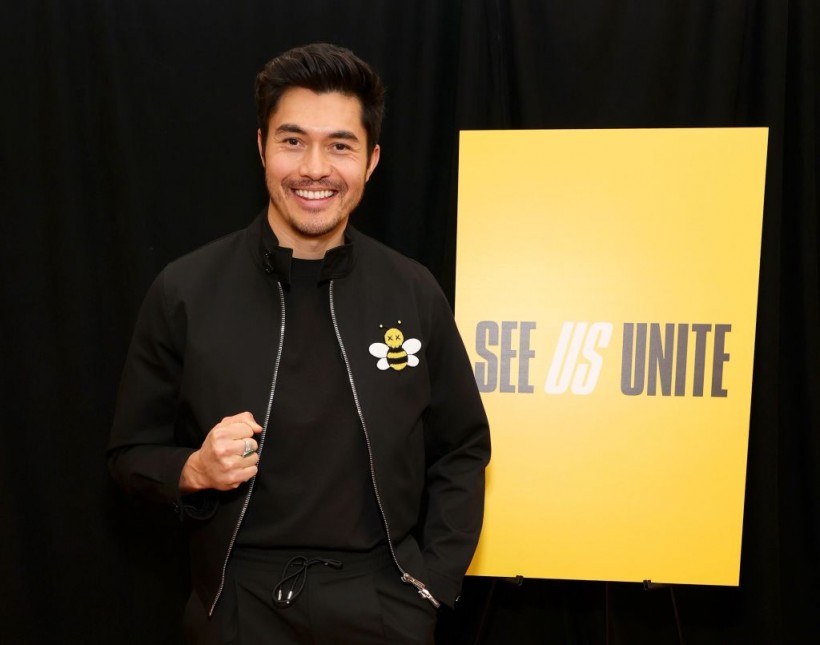
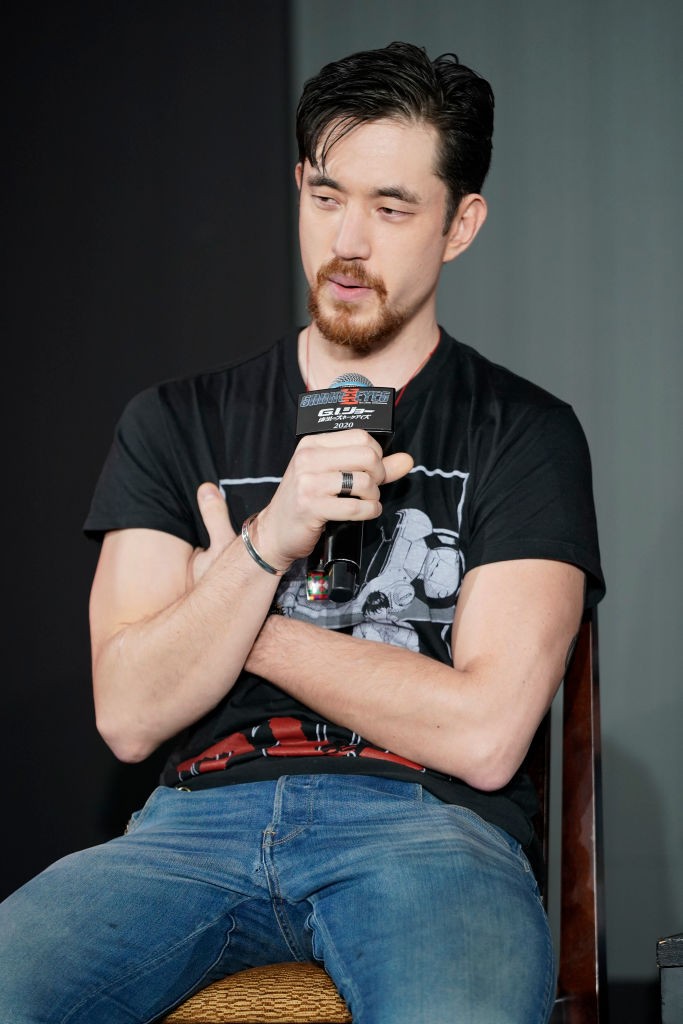
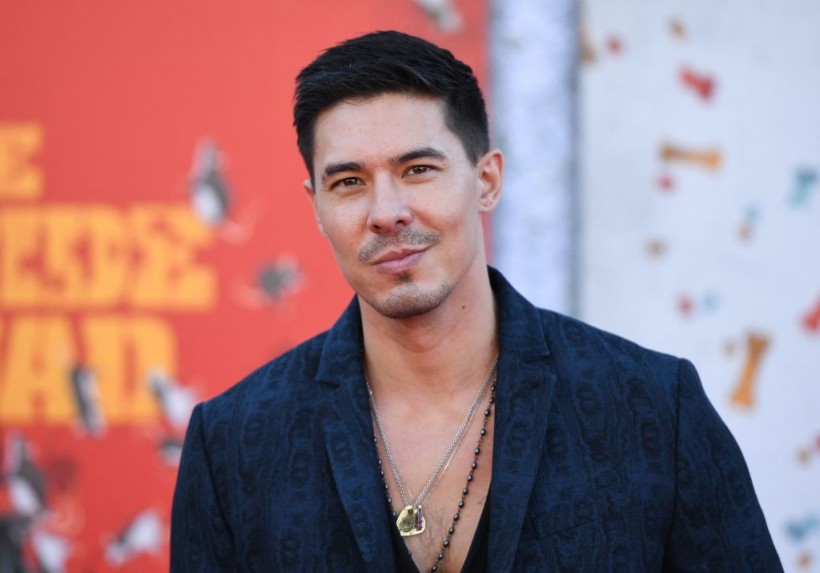


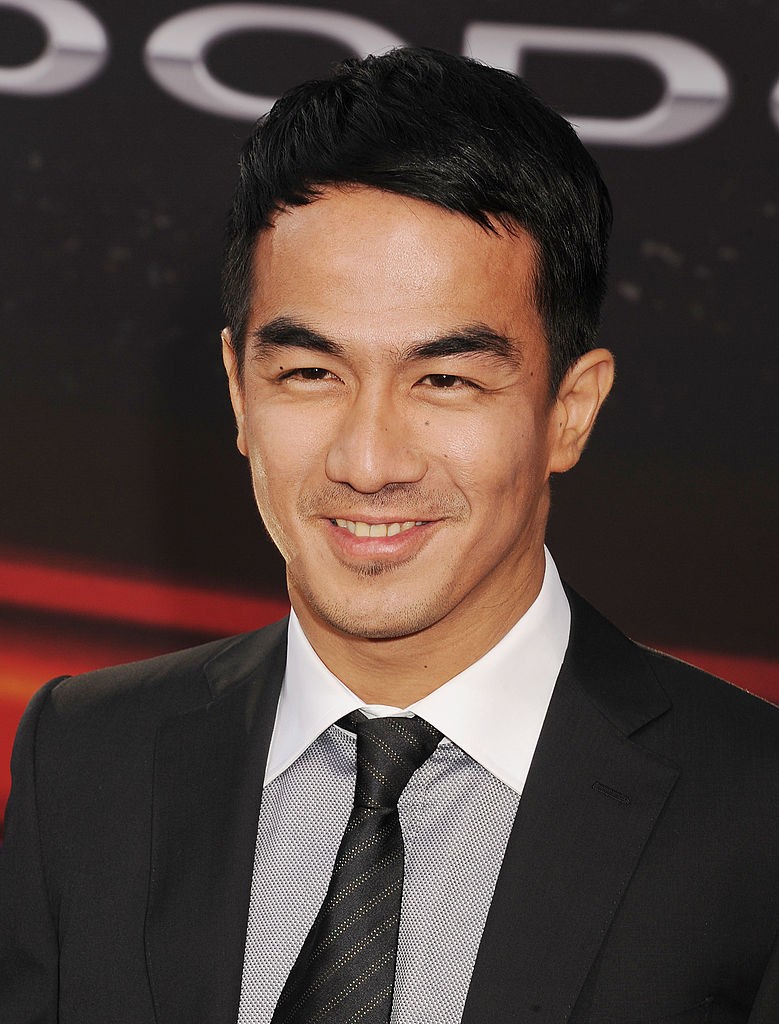
"Snake Eyes" singlehandedly made me a fan of Andrew Koji - that's the power of casting talented, handsome men for you!
5. Both the filmmakers and the cast are obviously passionate about the project
Both "Snake Eyes" and "Mortal Kombat" come from iconic, pre-existing pop culture franchises. As such, when adapting them into movies, whether the filmmakers and cast respect the source material and are passionate about what they're creating makes a huge difference. One reason I believe the films were so fun to watch is because the passion behind the films was palpable - the filmmakers were excited to bring us into these fantastical worlds.
Examples of where these passionate moments bleed through are many. From Andrew Koji's interview, where he talks about how important it was to him that he finally got to play a Japanese character for the first time in his now over decade-long career, to Hiroyuki Sanada committing to the bit and unleashing his bad-assery in "Mortal Kombat"'s opening scene. Additionally, the movie's fan service makes fun references to the video games with its use of the Mortal Kombat theme song and "Fatality!" and "Get over here!" in the campy dialogue. Not to mention, director Simon McQuoid stuck to his guns and delivered an R-rated action movie, so Mortal Kombat fans could see the graphic fatalities the games are famous for on the big screen.
6. They are important step forwards in representation
With the release of Marvel's "Shang Chi and the Legend of the Ten Rings," this year has been a fantastic year for Asian representation in film. While it's a bit limiting to have these strides take place primarily in the martial arts genre, the only genre that many Asian leading men could make headway in for the longest time, it's still heartwarming to see talented Asian-led casts in big budget films.
It was cool for me to see the Japanese film influences on "Snake Eyes," and significant that the casting of Golding as Snake Eyes rectified an issue that creator Larry Hama has had with G.I. Joe, which is that the only Asian in the series was painted as the bad guy. As for "Mortal Kombat," watching the film felt almost like a passing of the torch from storied Asian action movie veterans, Hiroyuki Sanada and Tadanobu Asano, to younger, up-and-coming Asian action stars, Lewis Tan, Joe Taslim, Ludi Lin, and Max Huang.
While we haven't gotten to full-on varied Asian male lead representation - it seems that Hollywood is still most comfortable allowing mixed race Asian men lead franchises (Golding, Koji, and Tan are all mixed race Asian men) - I'm still happy to celebrate this step forward from having white actors lead stories that use Asia as a backdrop (I'm looking at you "The Great Wall'). That may seem like a low bar, but the joy it brings me to see Asian men celebrated on screen, portrayed as the powerful, attractive people they can be, outweighs those considerations.
Anyways, here's my analysis of what makes "Snake Eyes" and "Mortal Kombat" special "silly action films" to me. While your experience of these films may differ, I believe that these movies were a fun time and had value, and I'm totally looking forward to the next installments in both franchises and whatever new efforts Hollywood has in store for us action movie fans. Hopefully, these pointers can help you identify which action movies actually have some heart to them, so you won't be disappointed at the box office.
For more entertainment news and commentary, follow Enstarz! We promise to bring you the best in up-and-coming news about your favorite celebrities, TV shows, and films.





